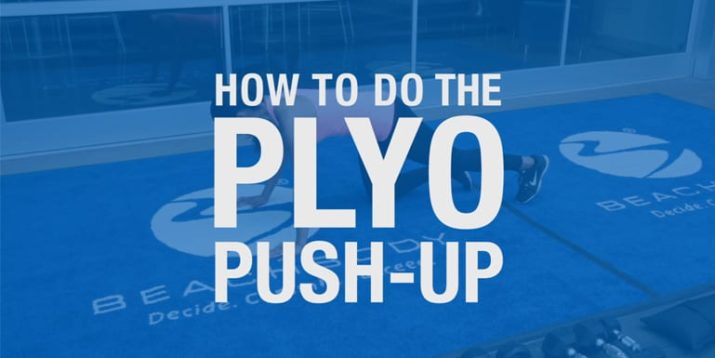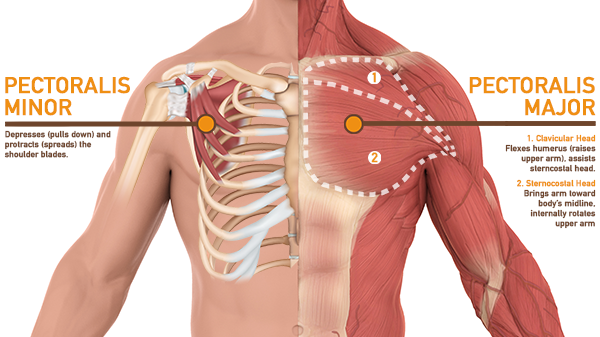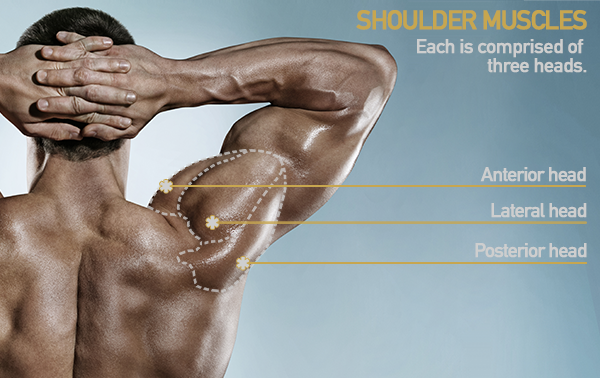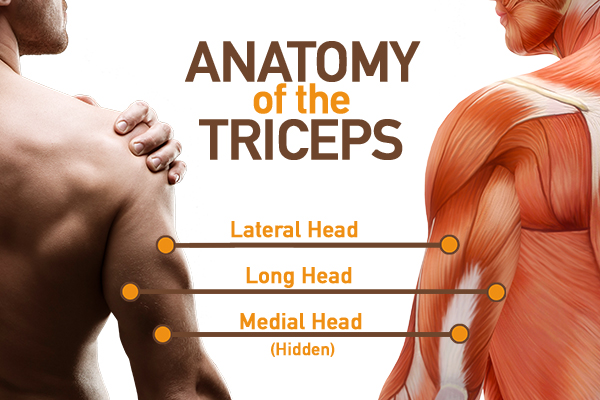How to Do a Plyo Push-Up (Video)

Why do plyo push-ups? They make your upper body more powerful.
No, not powerful in the Marvel superhero sense. In fitness circles, “power” has a specific meaning: it’s how quickly you can apply force.
The faster you can push or pull something — including yourself — the more power you have.
Need to chase down a departing bus, fire a bowling ball down the lane, scamper up to the third floor, or drive to the hoop past a 220-pound opponent? You need power.
The plyometric drills with which most people are familiar include jumping, hopping, and bounding. But plyo moves aren’t restricted to the legs, says Trevor Thieme, C.S.C.S.
“If you want to be more powerful and athletic,” he says, “you need to be explosive all over.”
Enter: the plyo push-up.
You’ve seen this creature before: it’s the variation of the push-up in which you push yourself up from the low position fast enough for your hands to leave the floor.
If you’re good, you can slap your chest or clap your hands between reps. If you’re really, really gutsy, you can clap them behind your back. (Keep your dentist on speed dial for that one.)
Plyo Push-Up: Step-by-Step Instructions
- Get on all fours with your feet together (or separated slightly), your body straight from head to heels, and your hands in line with (but slightly wider than) your shoulders. Squeeze your glutes and brace your core to lock your body into position.
- Keeping your elbows tucked, lower your torso until your chest is within a few inches of the floor, and then push up with enough force for your hands to leave the ground.
- Land softly, transitioning immediately into your next rep.
How to Make the Plyo Push-Up Easier
Plyo push-ups are an advanced exercise requiring shoulder and core stability in spades — not to mention a base level of strength and power — so you shouldn’t mess with them until you can do at least 15 regular push-ups with excellent form (body straight, elbows in, chest to within a few inches of the floor).
If you meet that standard but still struggle with exploding off the floor, try the movement with your hands on a stable elevated surface, like a bench or low wall. Just make sure to keep your body straight the whole time.
How to Make the Plyo Push-up Harder
Want to make the move even harder? Elevate your feet to make it a decline plyo push-up. Don’t go crazy on this one — even placing the balls of your feet on a 45-pound plate will increase the difficulty by a surprising margin.
Another option is to add a clap. Clapping in front of your body is hard. Clapping behind it is harder. Of course, there’s also the behind-the-back double clap push-up, equally likely to turn you into a #Fitstagram hero or a YouTube cautionary tale. You’ve been forewarned.
Plyo Push-up Benefits
Plyo push-ups are great for athletes of nearly every stripe, whether you’re trying to improve your long drive in golf, your right cross in mixed martial arts, or total body stability and explosiveness in cycling and soccer. No matter what your sport is, odds are that increasing your upper body power will help you become better at it.
The plyo push-up targets the fast-twitch (type II) muscle fibers in your pectorals (chest), deltoids (shoulders), and triceps.
Those are the same fibers you need for heavy lifting, and the ones with the most potential for growth.
“There are three ways to target such fibers,” says Thieme. “Lifting heavy, lifting to exhaustion, and moving explosively. The plyo push-up focuses on the last two, making it a valuable addition to most people’s training programs.”
Plyo Push-up: Muscles Worked
Pecs

The primary muscle worked by the plyo push-up is the pectoralis major, which has two heads. They originate separately at the clavicle and the sternum, and then fuse together to attach to your humerus.
You have two of these muscles (one on either side of your chest), and they have three primary functions: To raise your upper arms (essential for pushing and pressing motions), to turn them inward, and to bring them toward the midline of your body (think: dumbbell fly or bear hug).
The plyo push-up also works the the pectoralis minor, which is located just under the pectoralis major and helps draw the shoulder blade down and forward.
Deltoids

Each shoulder joint is controlled primarily by the deltoid and the rotator cuff.
The rotator cuff is a group of muscles and tendons that works to stabilize the shoulder joint, which is extremely important as it’s one of the most mobile joints in your body.
The deltoid is on top of the rotator cuff, and is what gives your shoulders their size, definition, strength, and power.
Triceps

The triceps brachii are the muscles found on the backs of your upper arms. Each triceps is comprised of three heads.
One originates at your scapula (i.e., shoulder blade), and two originate on your upper humerus.
All three fuse together and attach to the tip of your elbow, which is actually the top of your forearm. Together they’re responsible for extending your elbow.
